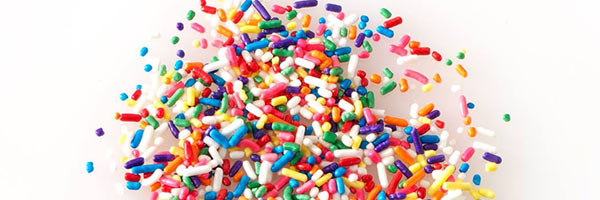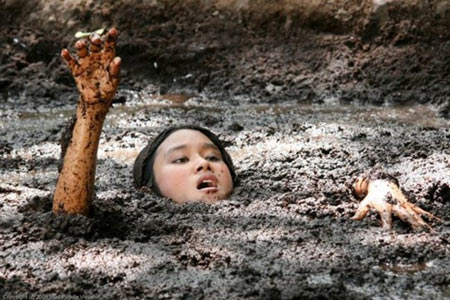
Blenders
Ah… Blenders. I use Blenders like the RED sprinkles among the other sprinkles on the frosting. Yep, very sparingly. This works for me and takes some planning, since I can get carried away with them. Who wouldn’t? Brightest colors, softest feel- what we pastellists love about the medium. Blenders are great, but can mess up a painting faster than spilling water on it…
I find most pastels will fall into this category. You can tell them right way since they are so “soft-feeling” and dusty. Most call them very “soft”. However, very soft does not mean strong or powerful in the release of the color. Some sticks are strong in pigment ratio and some are very low. When in doubt, run them along your hand to check out the power. You can see the difference right away.
I find Senneliers to be the king of the blenders. Now you would think with a name like “Blender” that I would want to “blend” with them. The opposite is actually true. Senneliers go on thick. So they are great for making deliberate marks and then leaving them be.

We all love our Senneliers, but if you go over an area again and again with Senneliers, what happens is that they keep blending into each other so softly (they are ground up so fine) that there is a risk of smearing everything around so much that the color becomes unclear and “foggy”. I see artists do this all the time. There are a lot of “ghostly” and swampy portraits out there.

Now, this is not to say that you can’t construct an entire painting out of a Blender- you can, and some artists do, (Gary Huber, you amaze me…) but for me, they tend to be more successful when I use them as clear, deliberate marks of power and in a very restricted way. They also work great when I want to subtly merge areas of color without using a stump or a finger, because I think a painting is more successful when it is not blended too much. (I tell my students to stop giving their paintings the “finger”!) Blenders have a great deal of “travel” to their sticks as shown last week, so they can take over. Trying to layer with them may give you a smeary, ghosty mess, and then it is hard to pull this area back out of the “quicksand” that is made. Ever have that? You keep layering but not getting anywhere? The only way to take back that area is to spray the heck out of it and pray a little…
Anyway, working an area to death with these Blenders will kill a painting, so just be careful! Blenders will be mostly Senneliers, Terry Ludwigs, Schminke, Blue Earth and Diane Townsend Softs. Notice they are all different powers. Sennelier half-sticks are also blenders, but don’t contain as much power as the full sticks. Just a fact.
Ever paint an area with Terry Ludwigs and then realize that not much else will cleanly go over top of them? That is because they are blenders. Anything else will blend right into them. This doesn’t make them bad- on the contrary- they are awesome! (love you Terry!) But if you know how they act, now you know how to control them! Once you build an area up, then yes, whack in a blender….so good. Or, know that the marks you make will almost melt into what is already there. I like to leave what I call the “integrity of the mark” at the end of a painting. In my demos I talk about my “5th Stage”- the “beauty mark” Stage where I am not adding beauty marks or little details at the end, but rather I am standing back, taking a deep breath, and looking for beautiful marks to enhance the image. Letting the mark alone tell the story. My powerful blenders are the best at that…..
So there you have it- Gliders, Burners, Builders and Blenders. Hopefully those sticks look a little bit different now. Don’t let them boss you around…let them know you know what they are up to…..


Excellent posts re Gliders Burners, Builders, and Blenders! Very informative and great explanations!
thanks! A great way to think about the different sticks – and they are all different!
sure!